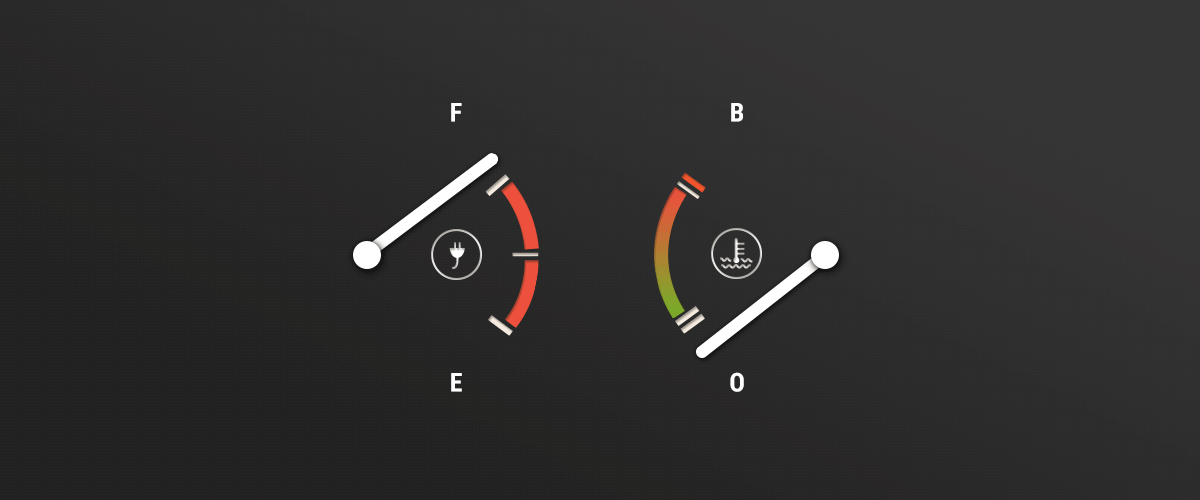The Overheat Protection (OHP) is designed for identifying an overheating of the heating bar surface. Deactivation of the heater by OHP is to prevent a damage to the heater. Temperature limiters measure the fluid temperature and - due to their design - are normally not suitable for preventing an overheating of the heating bar surface.
The OHP is pre-set to a theoretically determined value in the factory. In practice it may occur that this pre-setting is not an optimum, i.e. the OHP trips shortly before the desired set temperature of the fluid is reached. Thus, proceed as follows within the scope of commissioning: If the OHP trips early, it may be set to a maximum of 100 K above the pre-set value until the desired fluid temperature is achieved.
After a time of approx. 15 minutes in a stationary state the setting is lowered until the OHP trips. Then, select a tripping of approx. 20 K higher than the deactivation value. This will ensure a quick response in case of a fault. Due its design the OHP can monitor only a small area of the heating surface. The position of the sensor was selected on the basis of the fluid, design and direction of the flow.
Especially in case of the formation of coats the OHP can normally not prevent the heater from being overheated over its entire surface.
Normally, the OHP is not a safety-relevant component. It cannot be a substitute for a safety temperature limiter (STL), but only a supplement to it.

